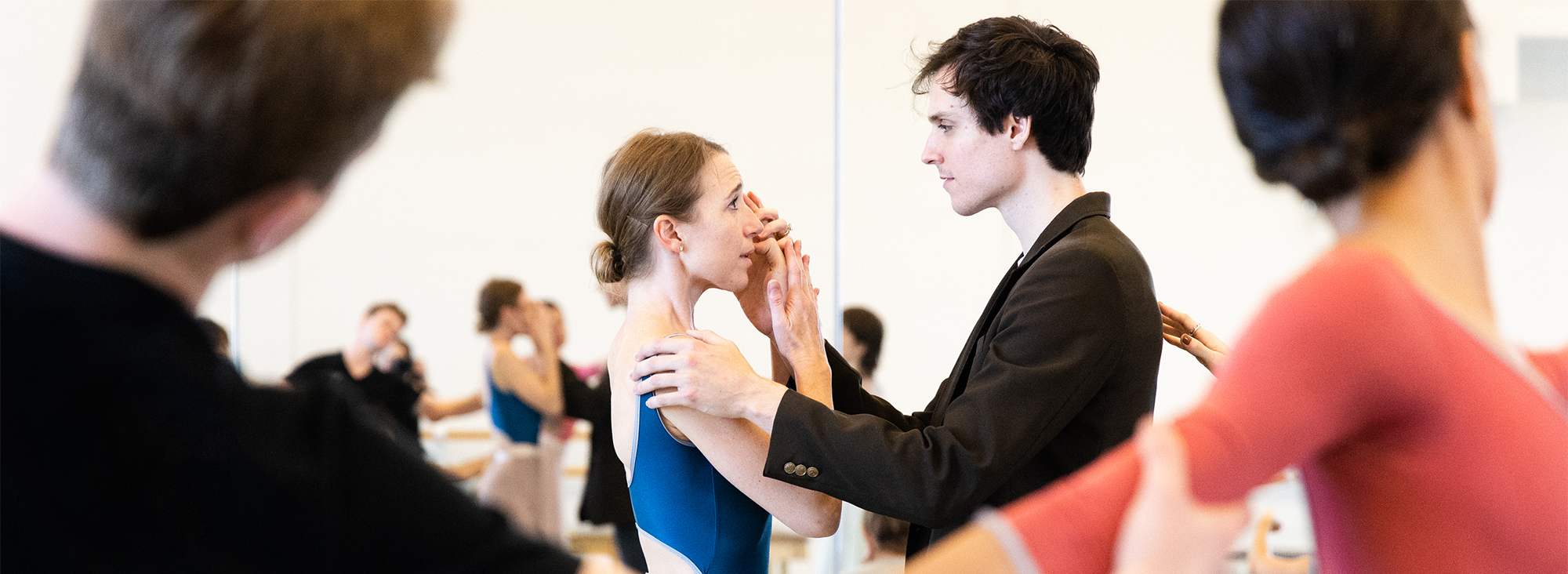Choosing what’s most important to her from her formative theatrical experiences in Britain, where the commitment to the playwright’s vision is valued most, and her six-year term as director of Bern Ballet, where she was challenged by the concept that a director’s unique interpretation is everything, choreographer Cathy Marston has developed a unique narrative signature, prioritizing storytelling with the body as much as she can.
Marston’s one-act ballet is based upon the Tennessee Williams play of the same name. She began special investigation into American literature as interest in her work by American dance companies grew. Since the debut of Snowbird, her interpretation of Edith Wharton’s Ethan Frome, for San Francisco Ballet, Marston has secured multiple commissions throughout the United States, including her latest joint commission for American Ballet Theatre and Houston Ballet.
“It’s particularly pertinent, I think, making Summer and Smoke in this Southern state,” she explains.
Marston’s focus on literature as the basis for many of her ballets, as well as her character-driven process is what drew Houston Ballet’s artistic director Stanton Welch to her work. For both choreographers, telling stories comes naturally. Welch’s parents were both ballet dancers. Marston’s parents were both English teachers, and she grew up reading and attending the theater.
Marston recalls being particularly inspired at 13 years old by a dance workshop in Cambridge with Christopher Bruce and Rambert Dance Company. Marston doesn’t have to explain to any Houstonian the artistic appeal of Bruce, who had a 32-year run as Houston Ballet’s Associate Choreographer. Still, she recalls, “I was so struck by the creativity and in what an imaginary way dance could tell a story.”
Marston first prepares for telling literary stories through dance with a great deal of reading and research. For 20 years, she’s collaborated with UK dramaturg Edward Kemp who brings his own research to sessions with Marston. Together, they shape and develop a kind of time-marked dance script that becomes the blueprint for her work with composers, costume designers and dancers.
Marston also creates lists of words, which she describes as distillations of the research. The lists she creates for each character come with her into the studio where, for the first few days of rehearsals, her objective is to create a movement vocabulary for each dancer’s character.
“It enables the dancers to have their own motifs and style in their back pocket when I put a scene together,” explains Marston. “They’re not waiting for every single step to be given but can already start suggesting things for their character.”
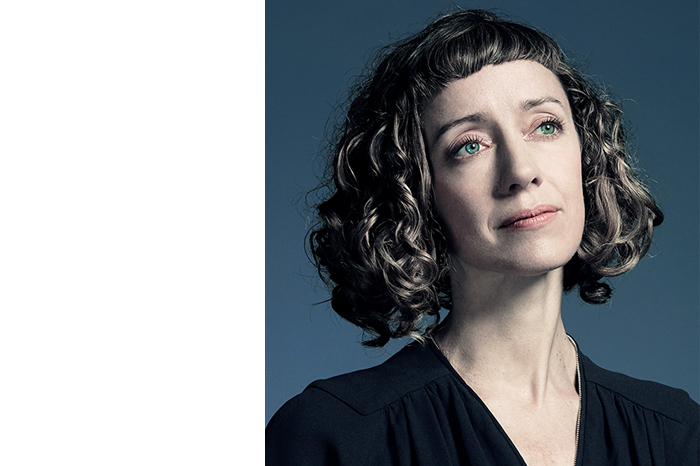
1 ⁄6
Choreographer Cathy Marston.
Photo by Rick Guest & Olivia Pomp (2023), Courtesy of Cathy Marston.
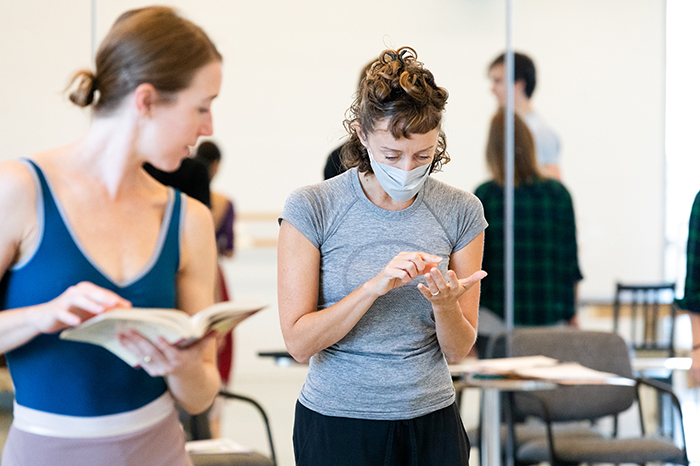
2 ⁄6
Choreographer Cathy Marston with Houston Ballet Principal Jessica Collado rehearsing Summer and Smoke. Photo by Lawrence Elizabeth Knox (2022), Courtesy of Houston Ballet.
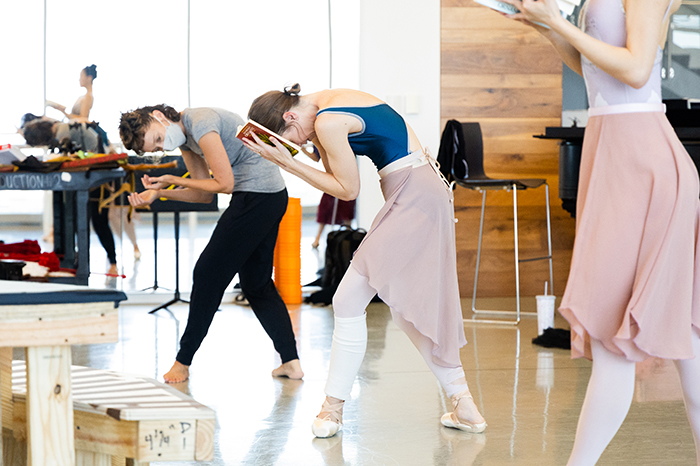
3⁄ 6
Choreographer Cathy Marston with Houston Ballet Principal Jessica Collado rehearsing Summer and Smoke. Photo by Lawrence Elizabeth Knox (2022), Courtesy of Houston Ballet.
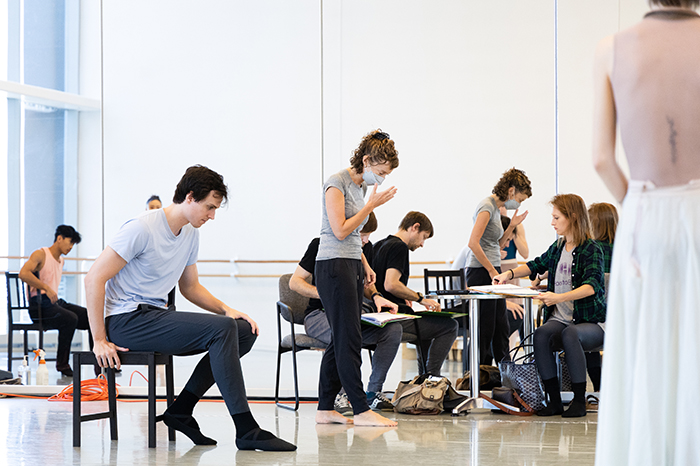
4 ⁄6
Choreographer Cathy Marston with Houston Ballet Principal Chase O’Connell and Artists of Houston Ballet rehearsing Summer and Smoke.
Photo by Lawrence Elizabeth Knox (2022), Courtesy of Houston Ballet.
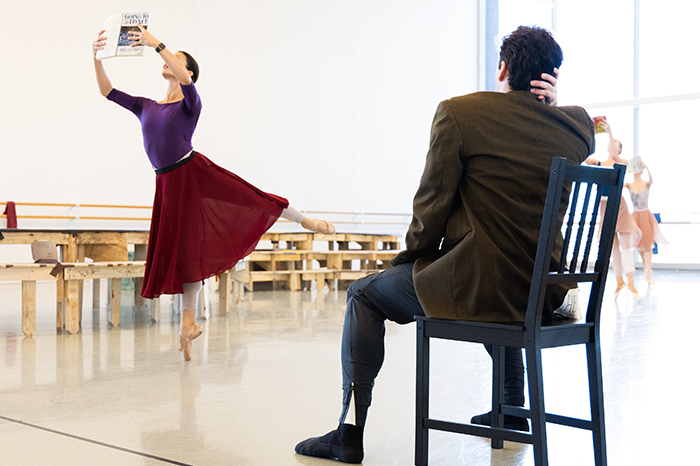
5 ⁄6
Houston Ballet Principals Karina González and Chase O’Connell rehearsing Cathy Marston’s Summer and Smoke.
Photo by Lawrence Elizabeth Knox (2022), Courtesy of Houston Ballet.
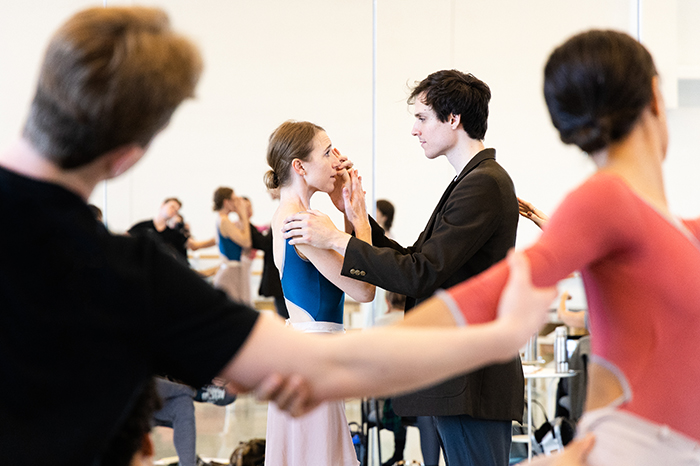
6 ⁄6
Houston Ballet Principals Jessica Collado and Chase O’Connell with Artists of Houston Ballet rehearsing Cathy Marston’s Summer and Smoke.
Photo by Lawrence Elizabeth Knox (2022), Courtesy of Houston Ballet.
“Michael Daugherty brings energy,” Marston says of the Summer and Smoke composer. “He isn’t afraid of writing melodies that stay in your mind after rehearsal.” Also working in a motif method, Daugherty thought very carefully about the dramatic structure, working with Marston over Zoom to find themes and instrumentation for each character.
“[The character] John is a clarinet, for example, or there are certain kinds of musical tunes that pop up for Mrs. Winemiller, or for the angel,” says Marston.
Described in detail by Tennessee Williams, a stone angel fountain is a central location around which action in Summer and Smoke revolves. Personifying the omnipresent angel, Marston has developed the role of The Angel for a single dancer, who listens, observes and becomes, according to Marston, the viewer’s window into the story.
Marston describes her overall appreciation for the versatility of Houston Ballet’s dancers, who she describes as a “choreographer’s company” because each dancer invests fully in their character development regardless of their role.
Speaking highly of soloist and first-cast Angel Mackenzie Richter, who is almost always on stage but not always the focus, Marston describes the dancer’s comfort with investigating the role on her own.
Marston is excited to bring Summer and Smoke to warm and welcoming Houston and to Houston Ballet, where she hopes the piece will stay in the repertory for years to come. “There’s a large cast with lots of things going on—a lot of detail and character,” she says. “I think once the dancers are really able to inhabit that, it will continue to grow.”
—NICHELLE SUZANNE

